September 7, 2023 - Ross Video Team, Industry Trends
Cable-Based Camera Systems vs. Drones: Choosing the Right Solution for the Job
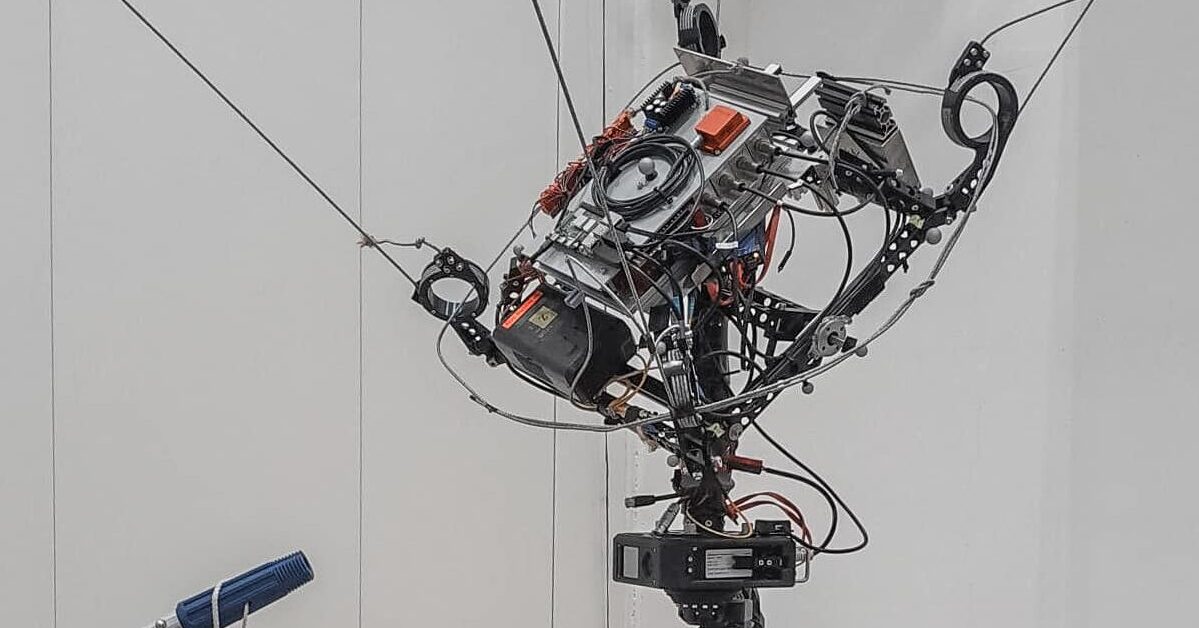

When it comes to capturing stunning aerial footage and covering live events, cable-based systems and drones have emerged as two powerful tools with their own sets of unique advantages and capabilities. To delve into the topic and compare the two technologies, we spoke with Georg Peters, Spidercam Business Development Manager, and Karen Walker, Ross Video’s Vice President of Camera Motion Systems, to get their industry knowledge and insights.
In this interview, they discuss the differences between cable-based systems and drones, the training requirements for operating these systems, the potential benefits of using both in tandem, and the investment considerations associated with each. Join us as we explore the fascinating world of cable-based camera systems and drones and gain valuable knowledge from these experts.
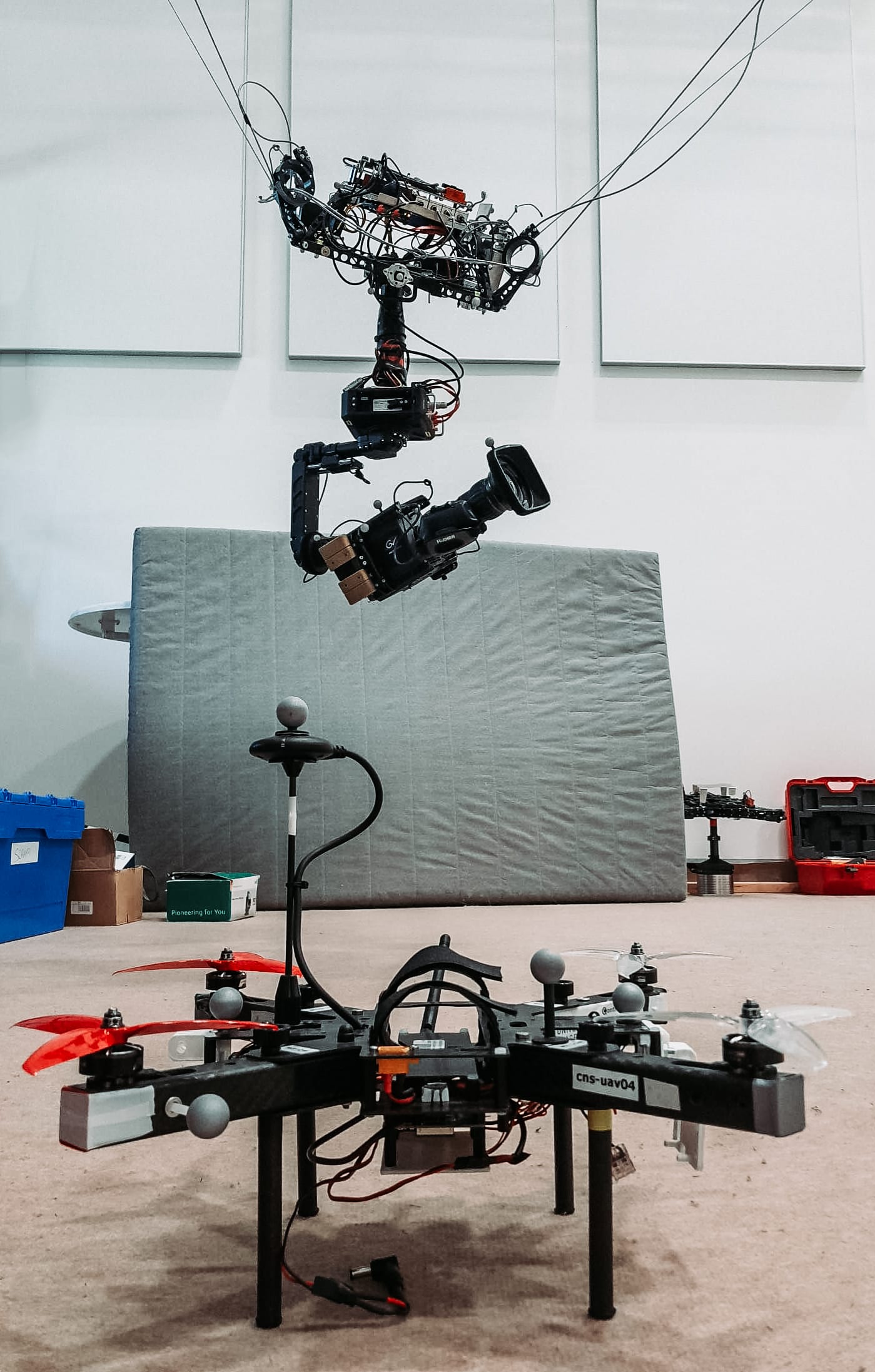
Georg Peters: While there is some overlap, drones and cable-based systems have different application areas. Drones are quick to deploy, and benefit from their operational range – large outdoor areas are where a drone can shine. A cable-based system needs points to be suspended from, and the available cable lengths limit the area it can cover. However, these systems have key advantages, especially when it comes to broadcast or film applications, for example –
The payload capacity is higher while keeping a small carrier platform – larger gimbals, cameras, or film setups can be realized easily.
Sound emissions from cable-based systems are minimal, and the main sources are the winches, not the camera platform. This allows for perfectly quiet operation in sensitive areas.
An added bonus with systems like spidercam is the signal transmission – it is realized via fiber from the camera through the catenary cables to the OB van. There is no radio frequency (RF) required at any point, allowing interference-free operation.
A cable-based system knows where it is in space, which is a requirement for functional control software. Pairing the position in space with gimbal and camera info gives you everything you need for tracking data, without any additional tracking hardware or software solutions.
Another aspect to consider is safety. A cable-based system is tethered, and if a power outage were to occur, the system would stop, but not fall. There are no rotating blades that could be dangerous to audiences, athletes, or performers during a control malfunction. Additionally, there are operating software features to enforce “no-fly” zones, preventing the camera from accidentally going to critical areas.
So, overall, when operating over people, in an environment where silence is required, or when looking for an AR-ready view from above – a mixed-reality news studio, for example – a cable-based system would be better suited than a drone.
Karen Walker: In addition, sporting events can go on for several hours, and when compared to drones, cable-based camera solutions can last significantly longer when using batteries as they don’t need to be replaced as often, even with constant use. Cable-based systems do take time to set up ahead of the event, whereas drones have a minimal setup time. However, during the time it takes to set up the cable-based solution, operators can set a known flying area, no-fly zones, and lowest flying limits to ensure they don’t interfere with the game.
As mentioned by Georg, compared to drones, cable-based systems operate silently and hence can get closer to the action without distracting the player and combined with additional accessories like a 2-way audio solution or multi-purpose screen, the cable-based system provides a more interactive experience for viewers.
There are some ups and downs to using drones – their Sense and Avoid capabilities allow them to detect potential collisions and manoeuvre to safety, but this can interfere with the shot when shooting sporting events and following the play. Additionally, most sporting events are now filmed in 4K, but camera payloads are limited on drones, meaning that many will not be able to handle the weight of a 4K camera system.
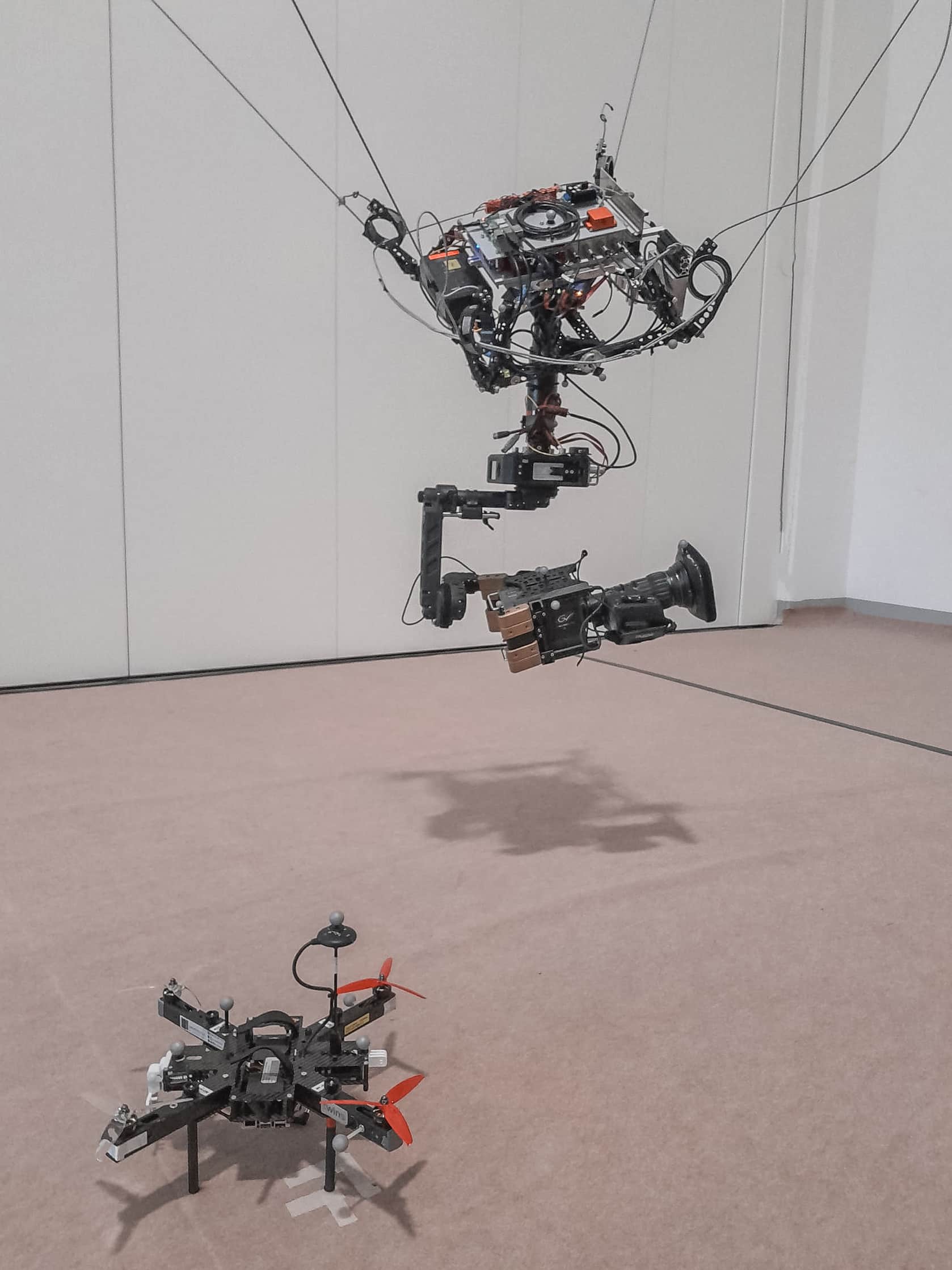
GP: Operating a cable-based system manually is not too different from operating a drone: joysticks control the movement in three axes, the gimbal, the camera, and the lens. Likewise, the training for piloting and framing the picture is comparable. Based on my experience, a cable-based system can provide more assistance via the software, both as displayed information and control assistance. A cable-based system like spidercam can also be controlled automatically, either by recreating pre-recorded paths or flying to positions given by an external source. However, a flexible, feature-rich software platform also requires more familiarity from the user to maximize its usefulness, which in turn requires more training.
Besides operating, there is additional know-how required for setting up a cable-based system, including how and where to place winches and pulleys, and how to run signal cables. These are tasks that a drone operator doesn’t have to worry about. These skills need to be acquired as well, and all operating crews and commissioning teams should be trained accordingly. On the other hand, professional drone operators undergo rigorous training to understand air traffic regulations, which is not necessary for cable-based operation.
KW: Cable-based systems do require time to set up a safe solution and maximise the flying space for the event. Two operators are needed to operate a cable-based system – a camera operator to focus on the camera, and a pilot to move the dolly around. The advantage of using two operators is that the pilot can focus on the event and move the dolly to obtain the best possible shot for the camera operator. This provides the opportunity to create moving transition shots which can be performed more easily than with other solutions.
In general, any camera operator can control the camera in a cable-based system, but the pilot does need training. They maintain the safety of the system and the players in the event. Knowledge of the sport also helps, as it allows the pilot to predict the next move and make sure the camera operator gets the perfect shot. Drone operators need a significant amount of training to operate safely – a drone coming down near people is not an ideal situation.

KW: Of course – you can definitely use both systems in a complementary fashion. One example would be using a drone for large-scale outdoor shots, beauty shots, or major overviews, and cable-based systems for the high-dynamic, close-up action. Using each system to its strengths side-by-side will enhance the overall production.
GP: We have applications where our cable-based systems are used to help research autonomous drone control. We installed a spidercam system at a university lab inside a drone monitoring hall to help verify drone movements. The cable-based system can follow the drone and collects data on its movement pattern to help scientists evaluate the programming and decision-making.
Another project uses one of our systems to entirely simulate a drone, allowing a client to test drone hardware and software in a safe environment. A sensor array intended for drone usage will be mounted on our carrier platform, and our cable-based system will perform the movement commands that the sensor software computes. This allows for precision movements and positioning in a safe environment, as the cable-based system control software acts as an instant verification and can stop potentially erroneous movements. This ensures that there is no risk to the sensors or drone.
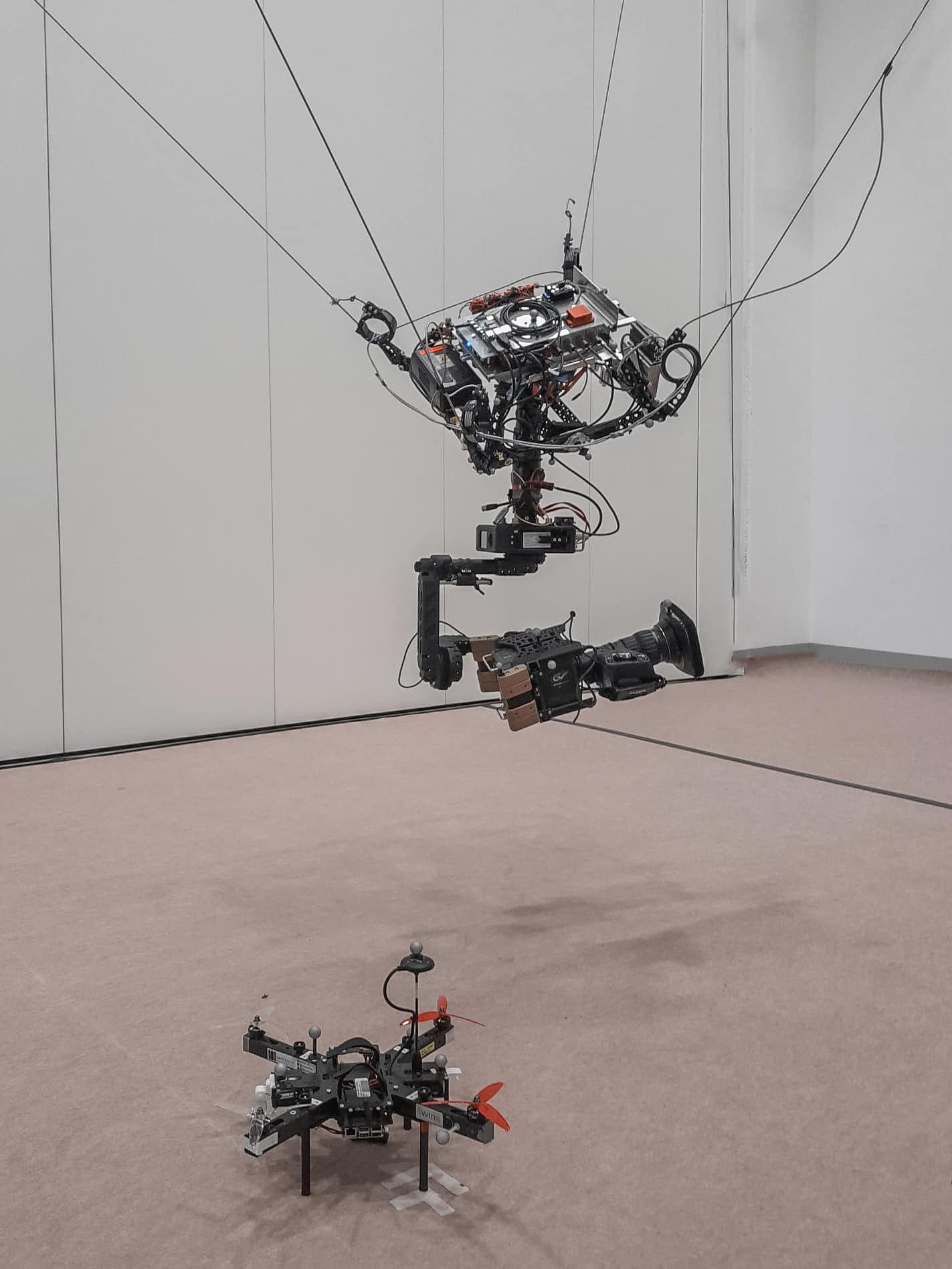
GP: Small and mid-sized consumer drones are widely available at a low price, usually with a preinstalled gimbal and camera setup. Larger, more flexible drones are of course pricier, but will still have lower initial costs than a cable-based system. Likewise, the maintenance of a cable-based solution is more expensive than that of a drone. However, it is worth considering that a these systems are usually more resilient than a drone.
Drones are built to be as light as possible to strike the balance between payload and flying characteristics. This results in less structural integrity overall, which means that even improper handling on the ground can cause significant damage to the frame, blades, or structure. Cable-based systems, on the other hand, are designed to withstand many challenges – we have systems in our rental pool that are still in operation after 15 years of service, which is a testament to their resilience.
KW: In terms of costs, cable-based systems do cost more than drone solutions, and the difference is heavily based on the safety factor. A cable-based solution like spidercam uses reliable, proven materials and high-quality safety components from renowned manufacturers. They also undergo comprehensive tests from the design phase to delivery as well as regular cable replacements to keep them safe to operate. Cost-wise, drones might be a cheaper option, but it’s like comparing apples and oranges – both systems have different applications that they excel at, and they each provide different benefits. A cable-based system will be safer and more flexible, while a drone has a higher range.
When it comes to making a decision on whether to use cable-based camera systems or drones, the choice should not be limited to one or the other. These two powerful tools offer distinct advantages that can be leveraged together for even more impactful results. Cable-based systems, with their higher payload capacity, minimal noise, and integrated AR-tracking, excel in broadcast or film applications. Drones, on the other hand, provide quick deployment and a larger operational range for outdoor shots. By combining the strengths of both systems, producers can enhance production value and create truly remarkable visual experiences.
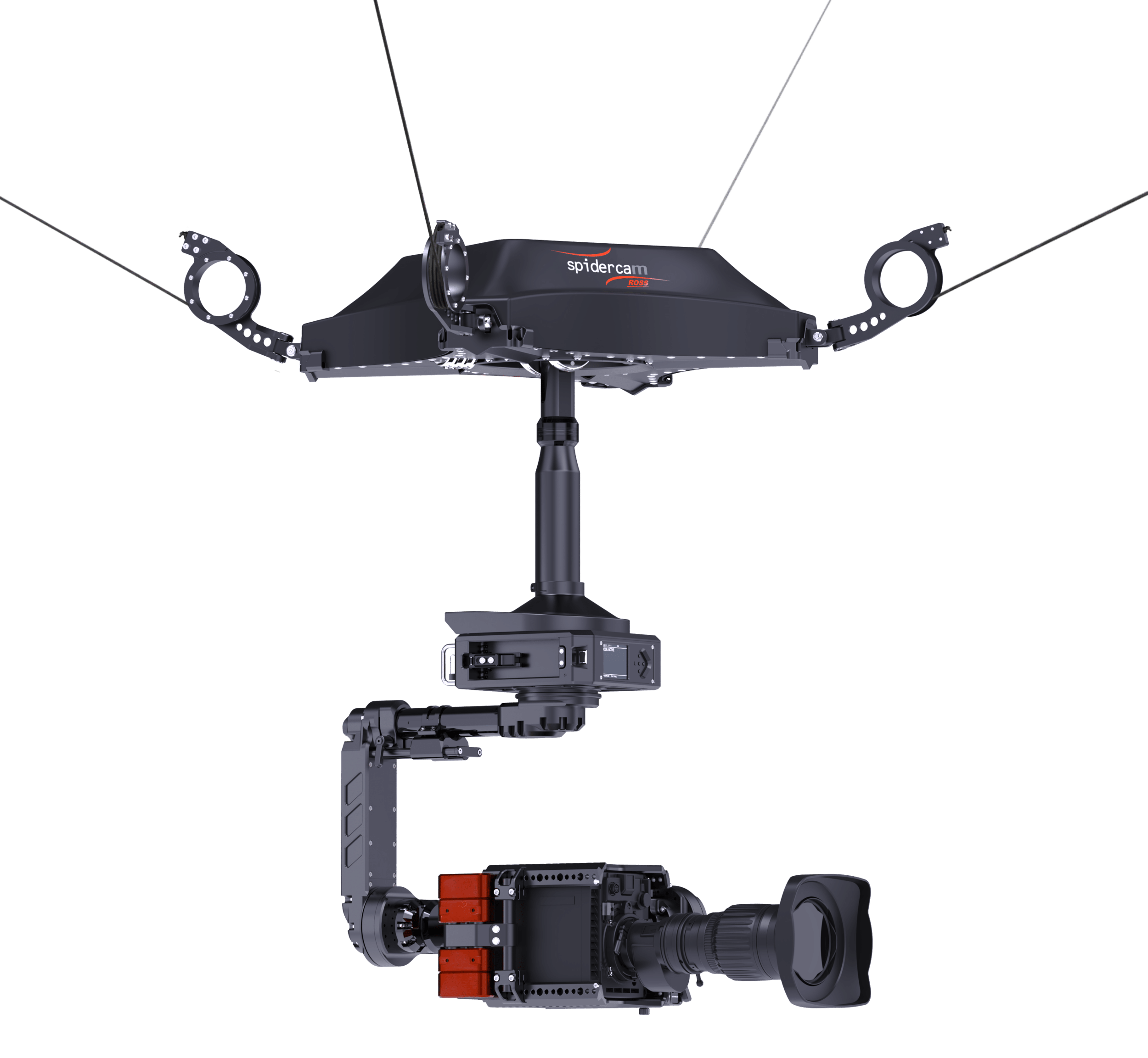
The spidercam portfolio of robotic camera solutions delivers extraordinary and immersive perspectives for audiences. Spidercam systems are used for sports and live events, concerts, esports, and TV productions around the globe. To learn more about spidercam, click here to visit our product page.
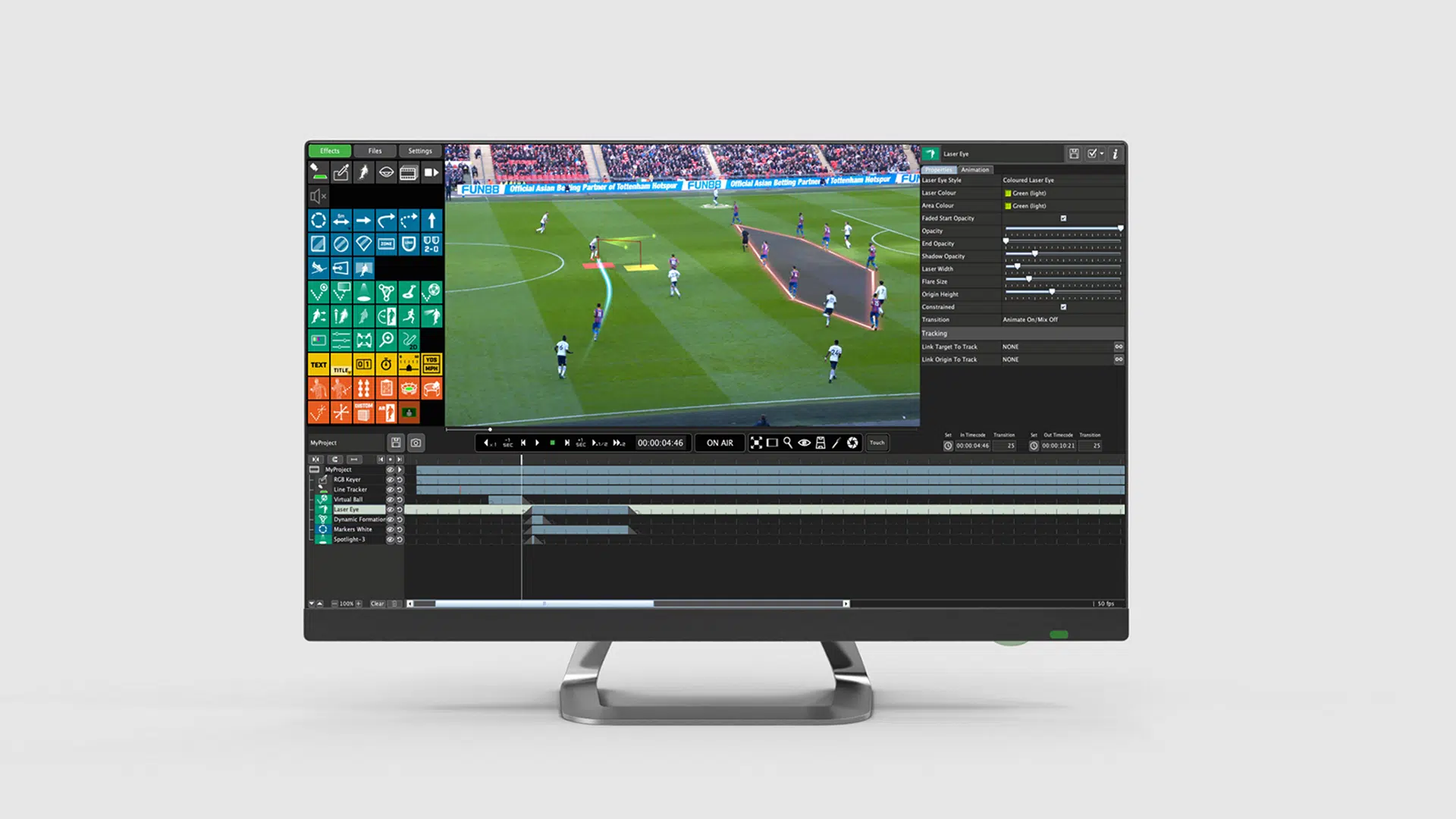
Sports broadcasters and live event venues demand tools that are reliable, adaptive, and packed with dynamic features to help draw fans deeper into the action. PIERO is …

Remote production is shifting rapidly, driven by new technologies and evolving workflows. In a recent webinar hosted by TV Tech, Ross Video’s VP of Production Services, Stephen …
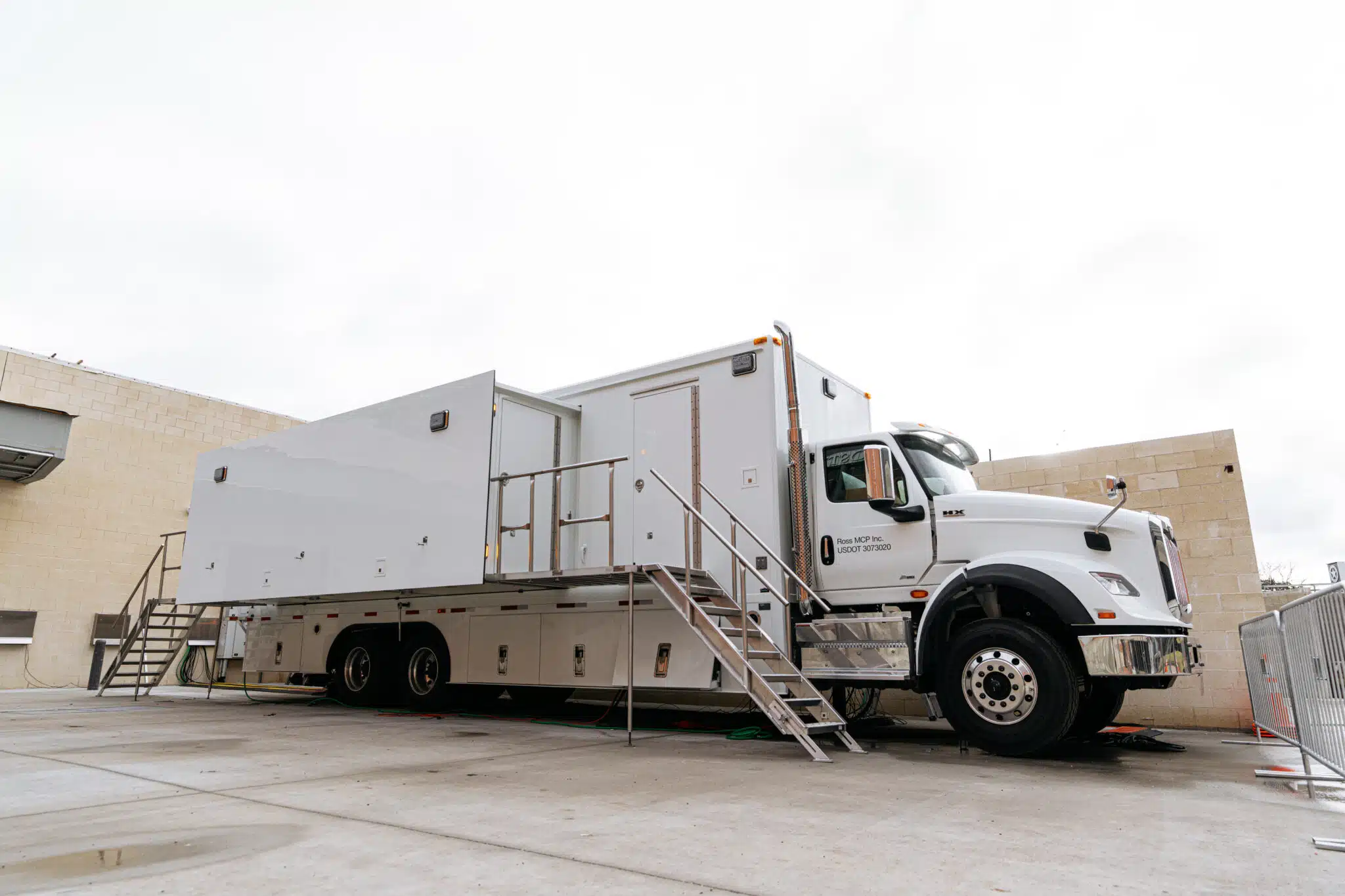
In today’s fast-paced broadcast landscape, OB vans are under more pressure than ever before. From the rise of UHD and HDR to the growing need to accommodate …
We’ll put you in touch with a member of our team to discuss your specific needs.